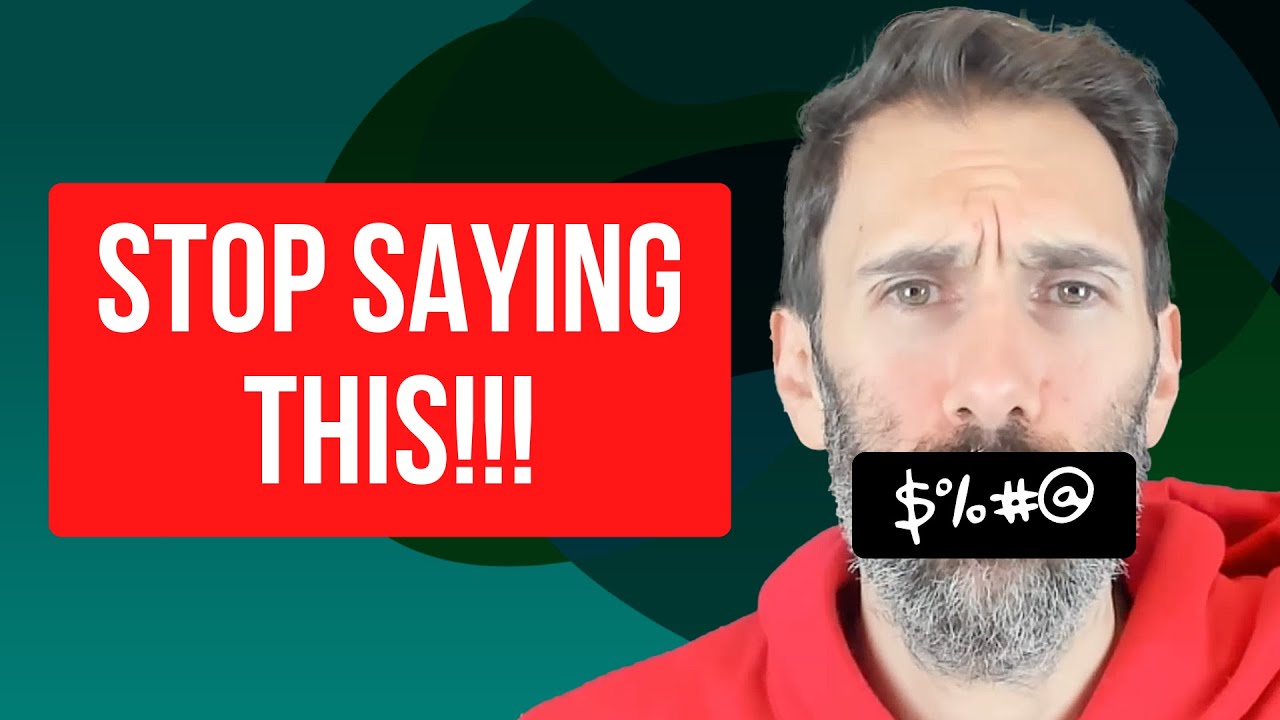Approccio all'Asperger
Summary
TLDRThe transcript delves into understanding Asperger's syndrome, emphasizing the necessity for autistic individuals to grasp social norms that non-autistic people inherently understand. It highlights the cognitive strengths and social challenges faced by those with Asperger's, such as difficulty interpreting metaphors and social cues. Through various anecdotes, it illustrates the importance of visual aids and structured social skills training. The narrative underscores the unique cognitive abilities of individuals with Asperger's, advocating for tailored support to help them navigate social interactions effectively.
Takeaways
- 😀 People with Asperger's Syndrome need to understand scientifically what non-autistic people intuitively grasp.
- 😊 The fifth edition of the DSM recognizes Asperger's Syndrome, distinguishing it by the lack of communication and linguistic impairment.
- 🧠 Individuals with Asperger's often have exceptional cognitive skills and are very competent in specific areas.
- 💬 They may struggle with understanding social norms and nonverbal cues, leading to difficulties in social interactions.
- 👥 People with Asperger's often prefer the company of adults or individuals who share their cognitive interests.
- 🗣️ They may have a rigid and repetitive way of speaking, and their understanding of social rules can be very literal.
- 📚 Visual aids can significantly help individuals with Asperger's understand and manage their environment better.
- 📈 They may excel in academic and cognitive tasks but struggle with pragmatic language use and social adaptation.
- 🎭 Recognizing and responding to social cues, like emotions and facial expressions, can be particularly challenging.
- 🧩 Structured programs and direct teaching of social skills are crucial for helping individuals with Asperger's navigate social interactions.
Q & A
What is the primary difficulty faced by individuals with Asperger syndrome according to the script?
-Individuals with Asperger syndrome often struggle with understanding and following unwritten social rules and have difficulties in interpreting social cues and metaphors.
How is Asperger syndrome differentiated in the DSM-5?
-In the DSM-5, Asperger syndrome is no longer a separate diagnosis but is included under the umbrella term of Autism Spectrum Disorder (ASD), characterized by significant difficulties in social interaction and nonverbal communication.
Why might individuals with Asperger syndrome be more comfortable interacting with adults than with peers?
-Individuals with Asperger syndrome may find it easier to interact with adults because adults can engage them in conversations about their cognitive interests, which they find more comfortable and stimulating compared to the unpredictable nature of interactions with peers.
What kind of support might be beneficial for someone with Asperger syndrome in a school setting?
-Support that includes visual aids, clear instructions, structured routines, and direct teaching of social skills can be beneficial for students with Asperger syndrome to help them navigate social interactions and academic expectations.
How do individuals with Asperger syndrome typically handle changes in routine or unexpected situations?
-Individuals with Asperger syndrome often struggle with changes in routine and unexpected situations, which can cause significant distress and difficulty in adapting.
What are some strengths commonly observed in individuals with Asperger syndrome?
-Common strengths include strong verbal skills, high levels of knowledge in specific areas of interest, and exceptional attention to detail.
Why might individuals with Asperger syndrome have difficulty with understanding metaphors or figurative language?
-They tend to interpret language literally and may not grasp the underlying meanings of metaphors or figurative expressions, which require understanding abstract concepts.
What kind of social interactions might be challenging for individuals with Asperger syndrome?
-Social interactions that involve reading body language, facial expressions, or tone of voice can be challenging, as well as engaging in small talk or understanding the subtleties of social norms.
How might parents and teachers assist children with Asperger syndrome in understanding social cues?
-Parents and teachers can assist by explicitly teaching social rules, using social stories, role-playing scenarios, and providing consistent feedback and reinforcement.
What impact does comorbidity have on individuals with Asperger syndrome?
-Comorbid conditions, such as anxiety, depression, or ADHD, can exacerbate the challenges faced by individuals with Asperger syndrome, making it more difficult to cope with social and everyday tasks.
Outlines

This section is available to paid users only. Please upgrade to access this part.
Upgrade NowMindmap

This section is available to paid users only. Please upgrade to access this part.
Upgrade NowKeywords

This section is available to paid users only. Please upgrade to access this part.
Upgrade NowHighlights

This section is available to paid users only. Please upgrade to access this part.
Upgrade NowTranscripts

This section is available to paid users only. Please upgrade to access this part.
Upgrade NowBrowse More Related Video

9 Positive Autistic Traits (that you may not already know!) | Patrons Choice

Reacting to the Newest Autism Cure

No, I don't "look" autistic (BUT...)

37 Things to Stop Saying to Autistic People!!

AUTISTIC BURNOUT: In Conversation with Transforming Autism - Dora Raymaker

Isabella's Story: being deaf and autistic
5.0 / 5 (0 votes)